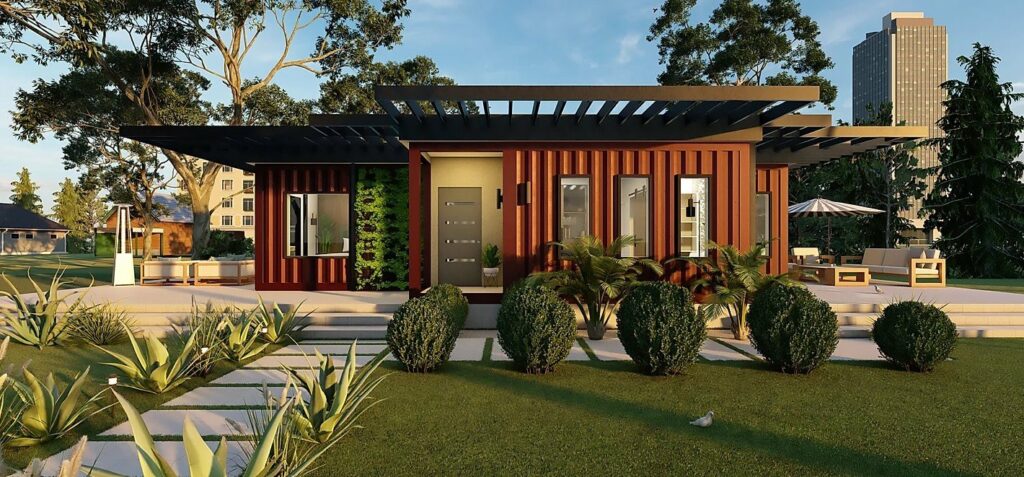Container homes, a symbol of sustainable living, have surged in popularity recently. However, implementing these innovative housing solutions faces hurdles due to zoning regulations. Understanding the complexities of container home zoning regulations is crucial for prospective homeowners and developers alike. Let’s delve into the nuances of these regulations and how they impact the adoption of container homes.
Understanding Container Home Zoning
Zoning regulations dictate land use and building codes within specific jurisdictions. They determine where and how container homes can be constructed. However, these regulations often lag behind advancements in architectural design, presenting challenges for container home enthusiasts.
Navigating Legal Frameworks
Navigating through the legal frameworks surrounding container homes requires meticulous attention to detail. Municipalities may have varying rules regarding container home construction, including size limitations, aesthetic requirements, and zoning classifications.
Challenges and Opportunities
Container home enthusiasts encounter both challenges and opportunities when navigating zoning regulations. While some municipalities embrace container homes as a solution to affordable housing and sustainability, others impose stringent restrictions, hindering their widespread adoption.
Adapting to Local Regulations
Adapting container home designs to comply with local regulations is essential for overcoming zoning hurdles. This may involve modifications to the exterior facade, adherence to setback requirements, or obtaining special permits.
Environmental Considerations
Container homes align with eco-friendly principles by repurposing steel containers and reducing construction waste. Advocates emphasize their minimal environmental footprint as a compelling reason for municipalities to revise zoning regulations favorably.
Community Engagement
Engaging with local communities is pivotal in garnering support for container home projects. Public perception plays a significant role in influencing policymakers and shaping zoning regulations to accommodate innovative housing solutions.
Conclusion
Navigating container home zoning regulations necessitates a nuanced understanding of local laws and community dynamics. Despite the challenges posed by outdated regulations, there are ample opportunities for advocacy and collaboration to foster positive change. By embracing container homes as a viable housing option, communities can promote sustainability and affordability in urban development.

